SPACE

Asteroid on Collision Course Could Produce 'Nice Fireball' in Earth's Atmosphere

Venus' Atmosphere Analysis Suggests No Earth-Like Life Ever Existed
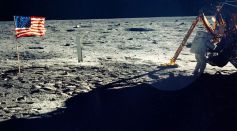
Lunar Caves Could Support Future Exploration, New NASA Findings Suggest

Uranus Is Stranger Than We Thought: Scientists Unveil Unexplained Phenomena

Mysterious Radio Transient from Unlikely Cosmic Source Baffles Astronomers
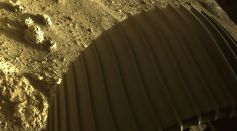
Mars' Gigantic 'Spiderwebs' Offer New Clues in NASA's Quest for Signs of Ancient Life

Australian Man's Quest for Gold Ends in Discovery of Rare Meteorite
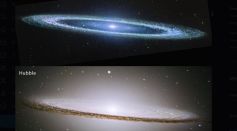
Sombrero Galaxy's Secrets Unveiled in Sharp New Image from James Webb Telescope
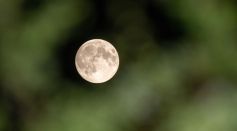
Earth's '2nd Moon' Escapes Orbit, Starts Long Journey Around the Sun—Will It Ever Return?
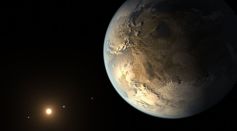
Earth Could Be Saved from a Catastrophic Asteroid Collision, Scientists Say

Foul Smell From Docked Russian Spacecraft Forces ISS Astronauts to Seal Hatch

Baby Planet Spotted 430 Light-Years Away, Among the Youngest Ever Discovered

4.45 Billion-Year-Old Meteorite Suggests Mars Once Had Habitable Hot Springs
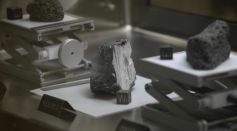
Bacteria Found on Asteroid Has Shocking Origin
Most Popular

Largest Known Volcanic Aquifer Discovered Beneath Oregon's Cascades

New 'Supergiant' Sea Bug Found in South China Sea, Named After Darth Vader

Mediterranean Sea Was Refilled by a Catastrophic Flood Millions of Years Ago

Mysterious Cosmic Waves That Sound Like Birds Detected in Unexpected Space Region





